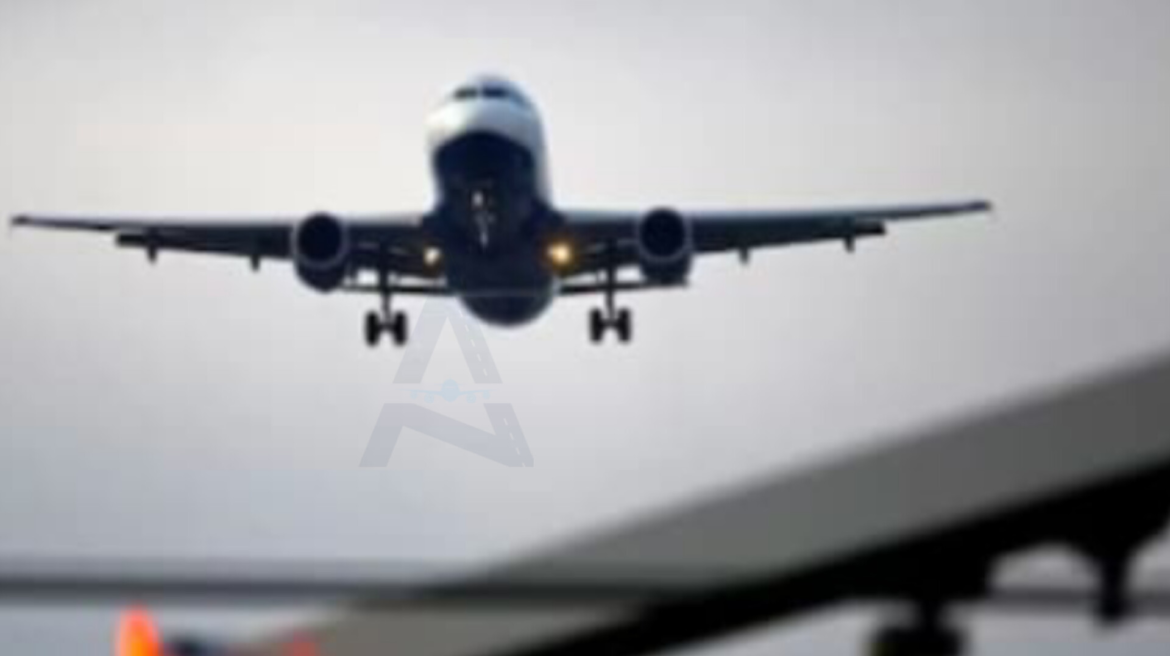The Directorate General of Civil Aviation (DGCA) has introduced a new set of simplified regulations aimed at supporting the growth of India’s general aviation sector, particularly for light aircraft and non-scheduled operators. This move is part of the DGCA’s broader effort to enhance operational efficiency and reduce the regulatory burden on smaller operators, such as private jets, helicopters, and charter flights.
Under the new regulations, the certification process for light aircraft has been streamlined, cutting down the number of approvals needed for airworthiness. This change is expected to lead to faster clearances, reducing downtime and costs for operators. The DGCA has also revised pilot training requirements, offering more flexibility and recognizing international certifications. These changes aim to reduce the compliance burden on operators, aligning them more closely with international standards.
Maintenance protocols have also been updated, allowing operators to utilize approved third-party maintenance organizations. This shift is anticipated to lower maintenance costs and minimize the periods during which aircraft are grounded. Additionally, non-scheduled operators will benefit from more flexible flight planning and operational approvals, with faster processing times for flight plans and a reduction in the number of mandatory permits required. This is expected to improve the efficiency of operations, particularly for last-minute and ad-hoc flights.
The DGCA has also introduced new digital platforms to simplify the process of document submission, permit applications, and status tracking. This initiative is designed to reduce paperwork and cut down on administrative delays, making it easier for operators to comply with regulations and manage their operations.
These regulatory changes are expected to have a positive impact on the general aviation sector, which includes non-commercial activities such as private flights, air taxis, and charter services. By lowering the cost of compliance, the new rules make it easier for new entrants to join the market and for existing operators to expand their services. The changes have been welcomed by industry experts, who see them as a step toward leveling the playing field between non-scheduled operators and larger commercial airlines.
The new regulations are part of India’s broader strategy to modernize its aviation sector and foster a more inclusive and dynamic market environment. By reducing barriers for smaller operators, the DGCA aims to encourage innovation and entrepreneurship, which could lead to more choices for consumers and potentially lower costs.
As the aviation industry in India continues to evolve, these simplified regulations are expected to contribute significantly to its growth by creating a more accessible and competitive ecosystem. The industry will be closely watching how these changes play out in practice and whether they will drive the desired outcomes of growth and innovation.

